Primary Image
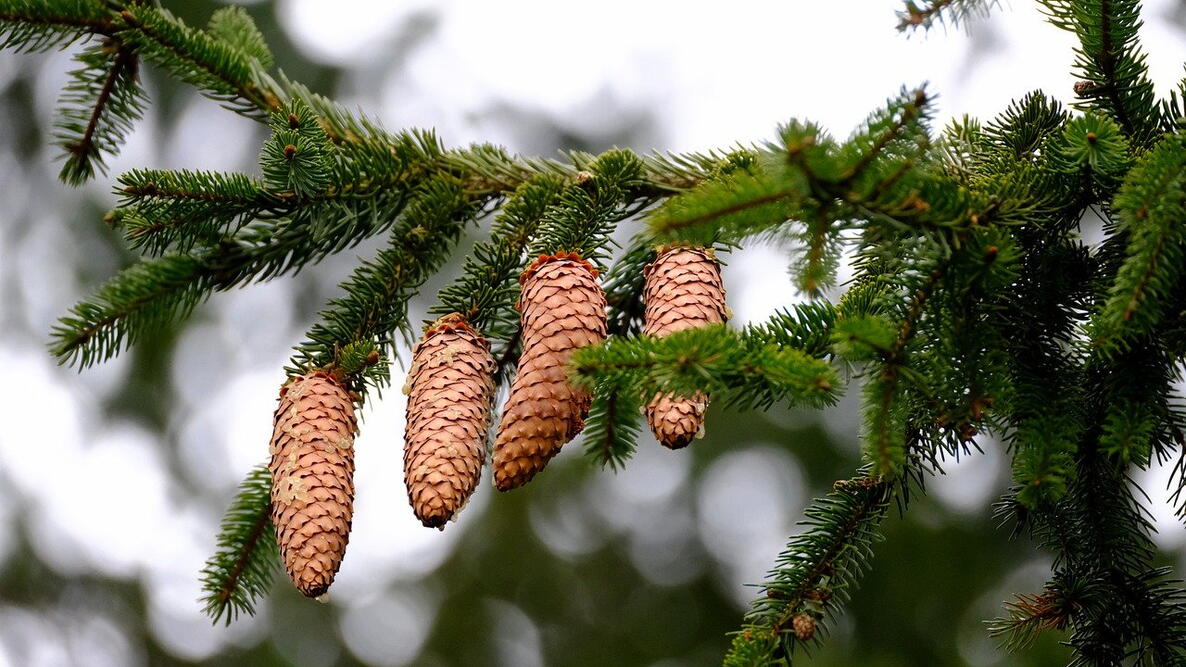
Look to These Plants for Your Daily Forecast
Native Goldenrod~the Bees and Bumblebees prefer the Goldenrod over all the other plants in the neighbor's Garden~
There's also a story in Alaska that fireweed signals the end of summer and predicts when winter will arrive. "When fireweed turns to cotton summer will soon be forgotten" and winter will be about 6 weeks away.
I've lived in Alaska since 1964 and this has always been a rule of thumb up here. I find it pretty reliable even with global warming.
I noticed the leaf response to cold right away. For my specimen, and in this area of NY, the leaves curl at around 25 degrees. Very cold winter nights, leaves can be nearly completely closed, then open if the afternoon "warms" to about 30. Leaves will also curl when the plant needs a drink during rain-free hot summer weather. I'm sure the amount of water the plant is getting in winter slightly changes that temperature range for the leaves to open and close.

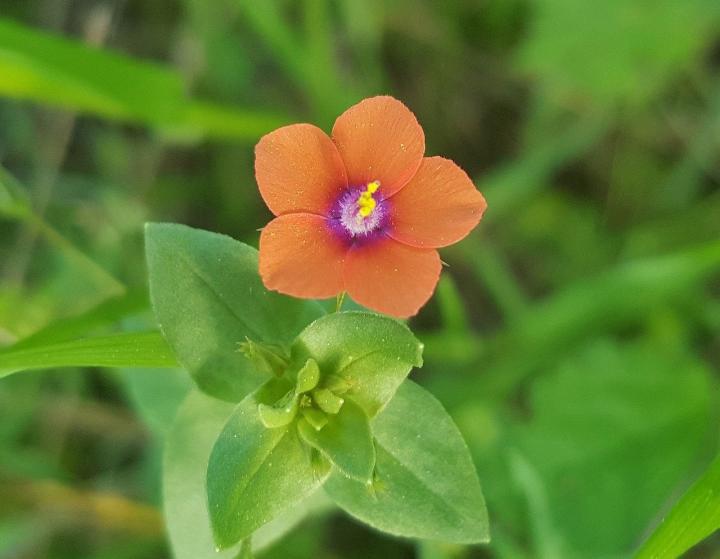
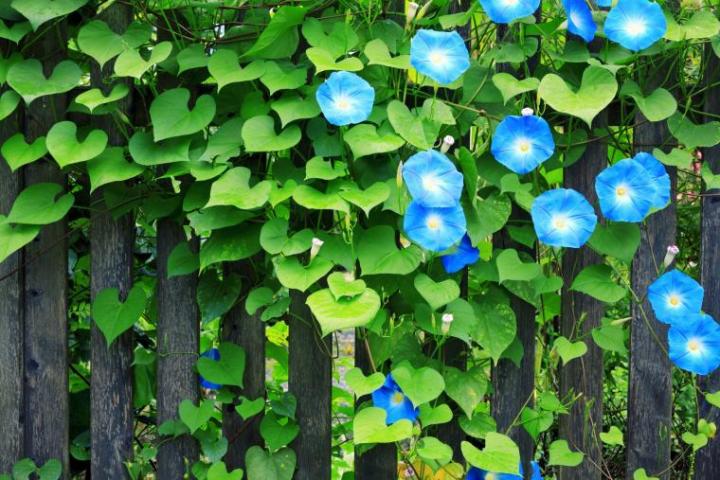
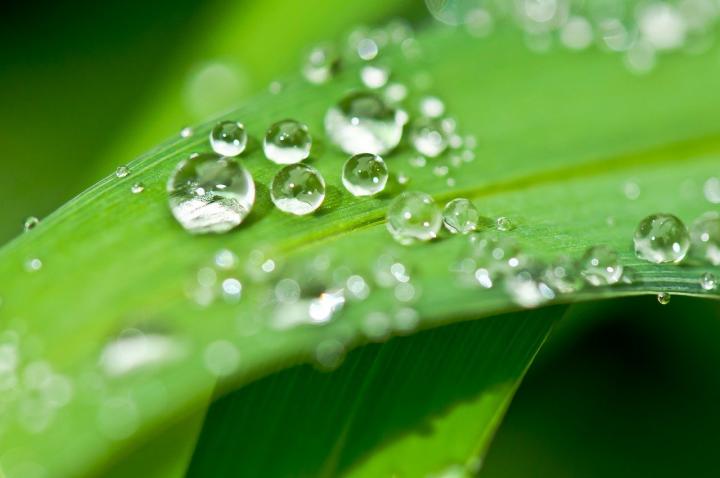
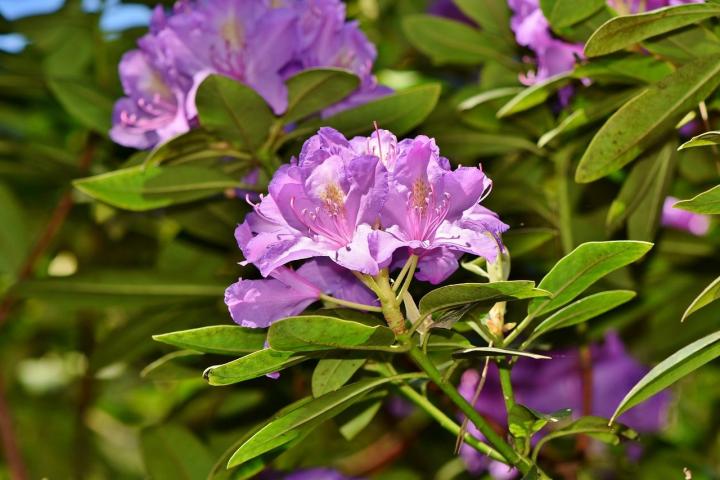








Comments